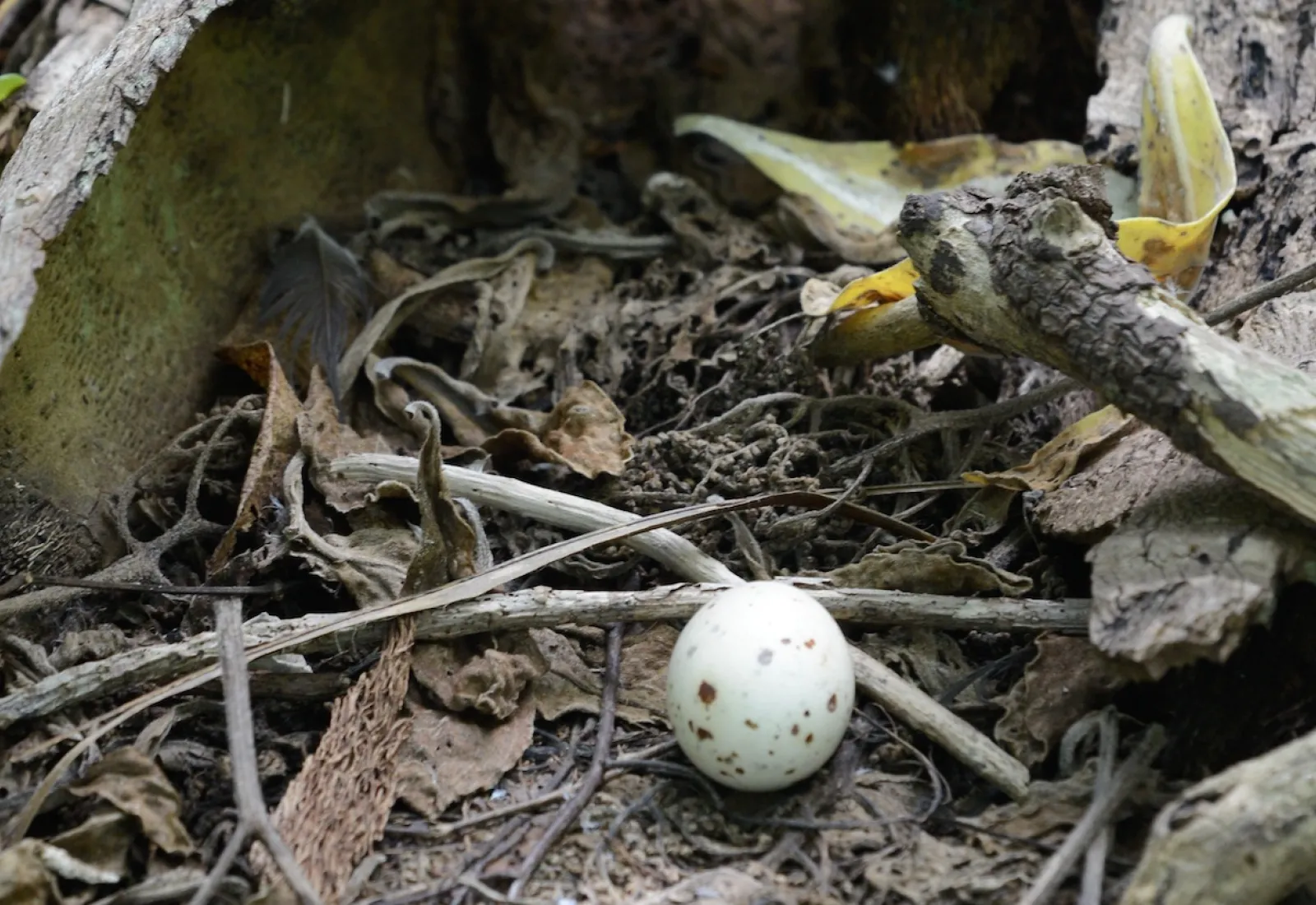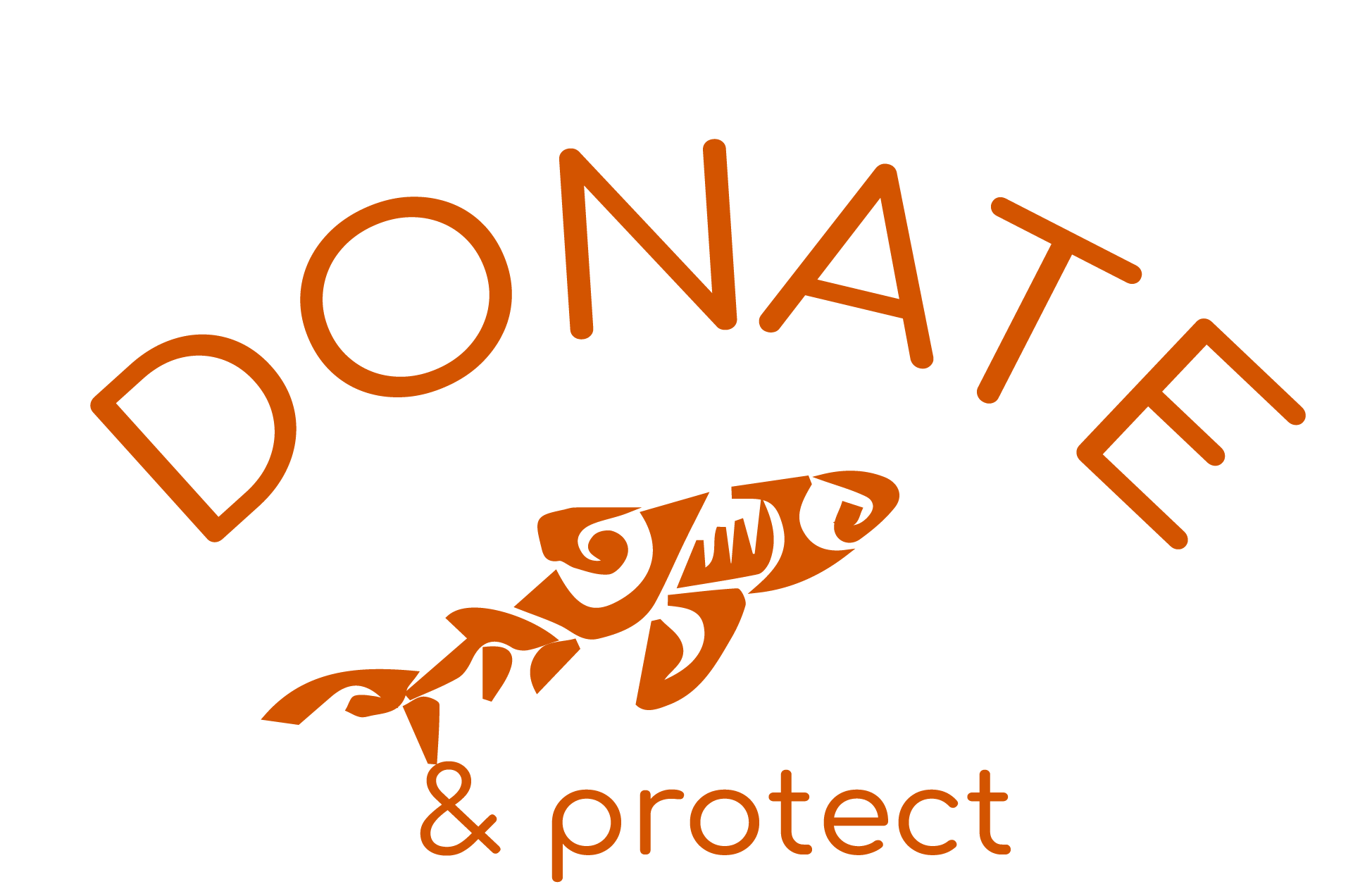Update : 2023
In 2018 Tetiaroa Society and Island Conservation carried out a successful rat eradication on Motu Reiono. Then in 2020 another eradication was done on Motu Onetahi and Honuea. In 2022 an attempt was made at eradication across all the remaining motu. Unfortunately, in follow up field work rats were detected in small numbers on some of the motu. A decision was made at that point to create a team that would work to detect rats and then eliminate them motu by motu.
This work spanned all of 2023 and, although it has gone slowly, there has been a marked reduction in numbers and some of the remaining motu are now rat free. We will continue this work into 2024, when we expect to make the whole of Tetiaroa totally rat free. Note that after the large operation in mid-2022 the numbers of rats have been so small that the island ecosystem has essentially been rat free. You will hear about the effect of this in other TARP projects.
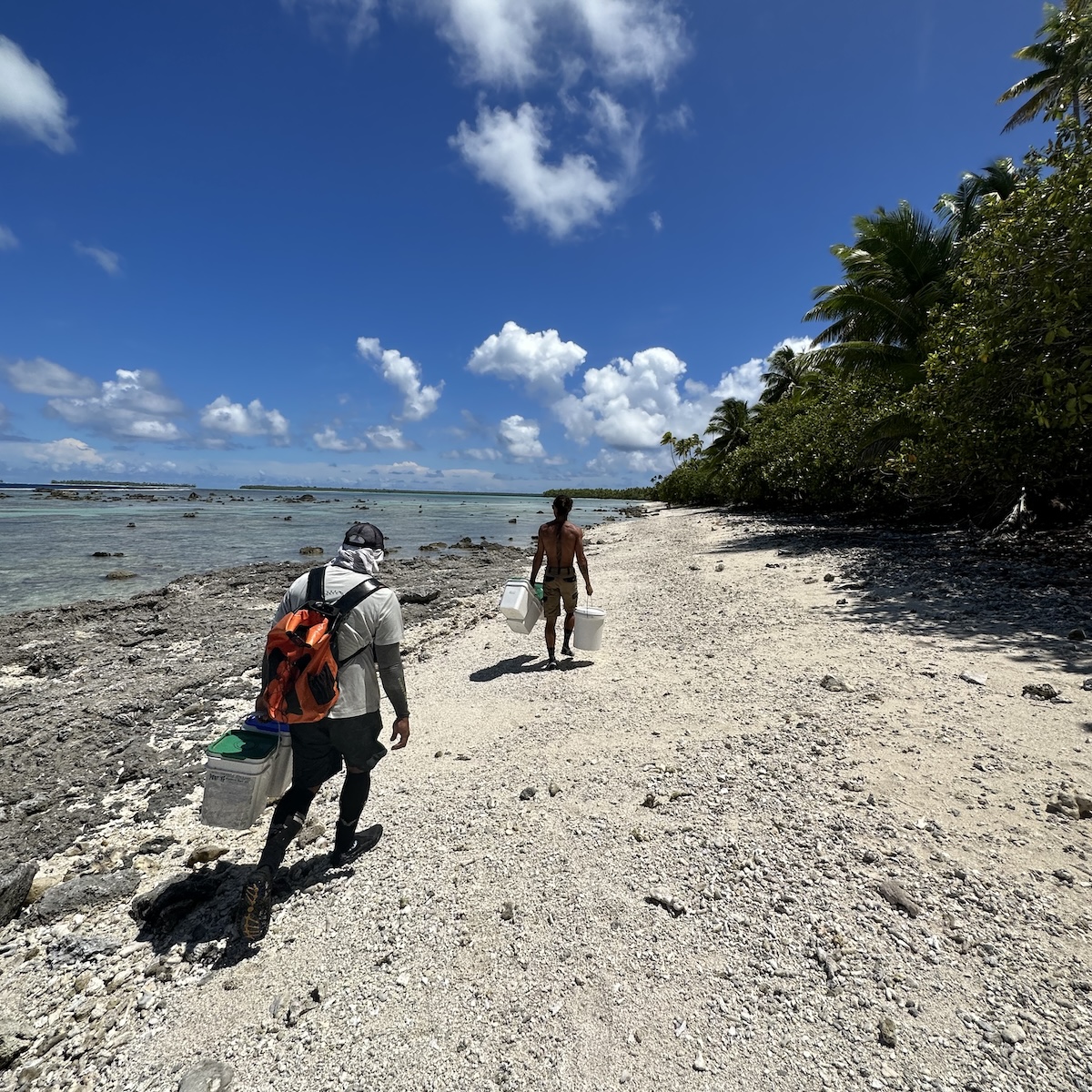
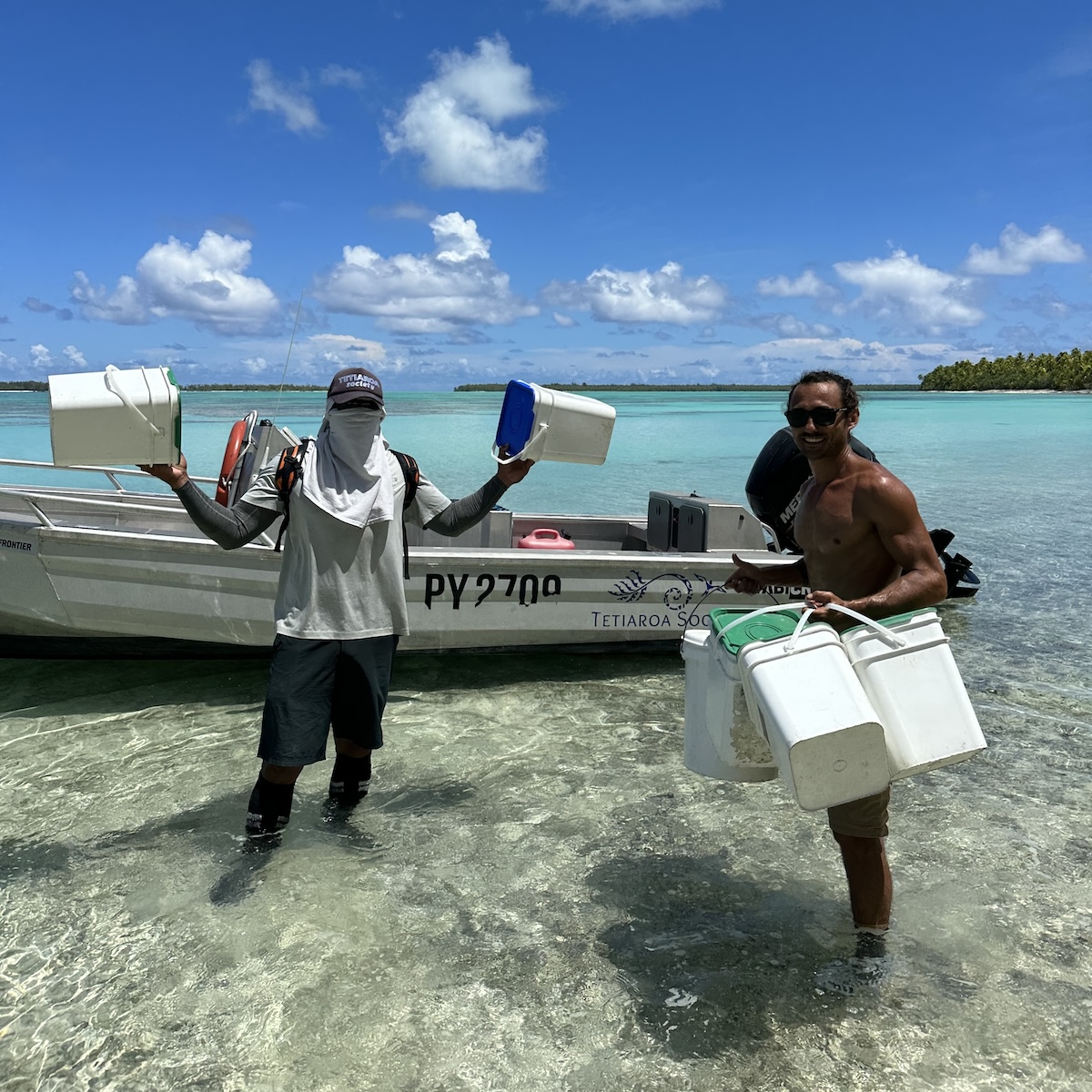

Update: March 2020
Restoring tropical islands provides an unrivaled conservation opportunity. Island restoration programs protect our world’s rare and endangered species, and might also boost the resilience of their surrounding coral reefs to the effects of climate change.
As part of its Tetiaroa Atoll Restoration Program (TARP), Tetiaroa Society is carrying out a major conservation intervention on Tetiaroa (French Polynesia) in 2021. The program aims to restore seabird populations and to establish Tetiaroa as a sanctuary for seabirds, green sea turtles, coconut crabs, and translocated endangered endemic birds. In addition, we propose to leverage the unique capacity of the site and our partners to scientifically establish the value of atoll restoration for coral reef conservation. The conservation science we propose will extend studies that suggest seabird colonies might increase the resilience of coral reefs through the fertilizing effect of nutrients from the bird’s guano. Testing this hypothesis on Tetiaroa, and demonstrating the underlying ecological mechanisms, will complement traditional Polynesian knowledge and help raise awareness of the importance of restoring natural land-sea connections for biodiversity conservation and sustainable human development.
Starting in March 2020, the current project will engage world-class experts in cutting-edge restoration, biosecurity, and scientific research. It will provide excellent training opportunities for Tetiaroa Society’s team of local rangers and naturalist guides. Such training is crucial for implementing biosecurity protocols to establish Tetiaroa as a wildlife sanctuary, allowing initiation of translocation programs for endangered birds. Communicating the science underlying the restoration efforts will build capacity among local conservation managers and benefit local schools through Tetiaroa Society’s Education Program, which is carried out in partnership with Polynesian cultural associations.
The comprehensive scientific surveys from nutrients and microbes to marine and terrestrial landscapes, carried out before and after the recovery of seabird populations, will provide crucial evidence for how atoll restoration improves the resilience of coral reefs encouraging similar efforts to restore health land-sea nutrient flows elsewhere.
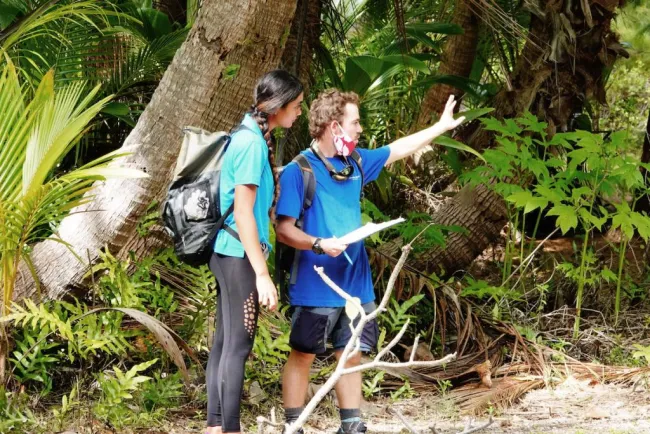 Planning on Onetahi
Planning on Onetahi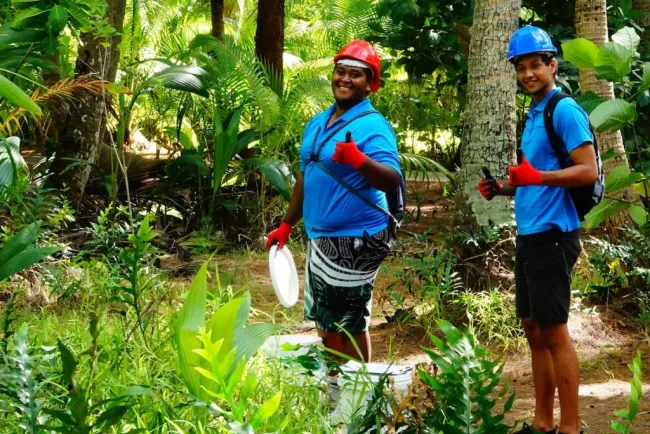 Team members ready to go
Team members ready to go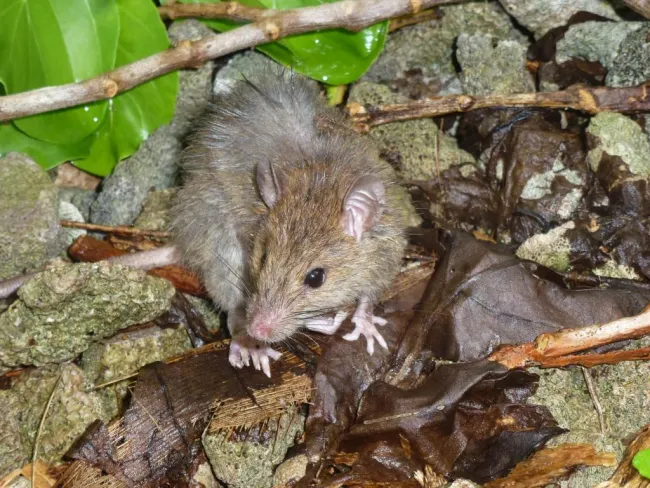 Rattus exulans on motu Reiono
Rattus exulans on motu Reiono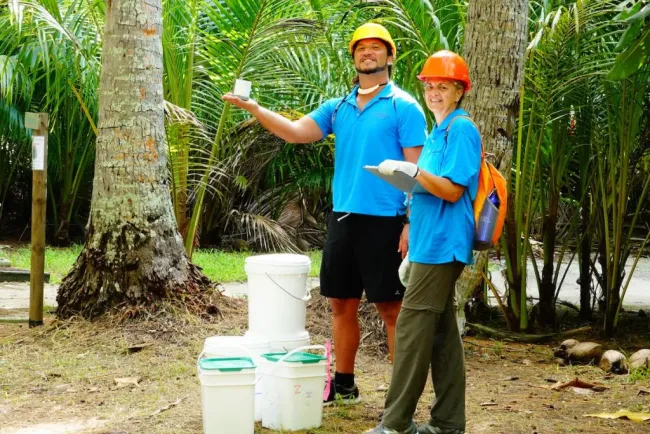 Yes, we have all of our equipment
Yes, we have all of our equipment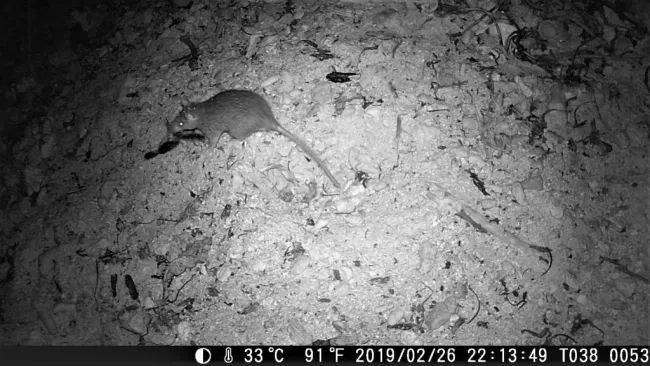 Predator caught on camera
Predator caught on camera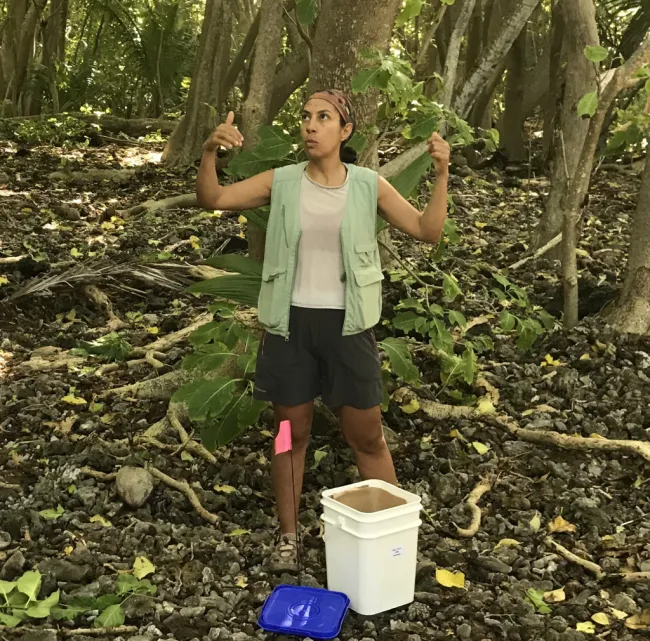 Atoll restoration team member on Tetiaroa
Atoll restoration team member on Tetiaroa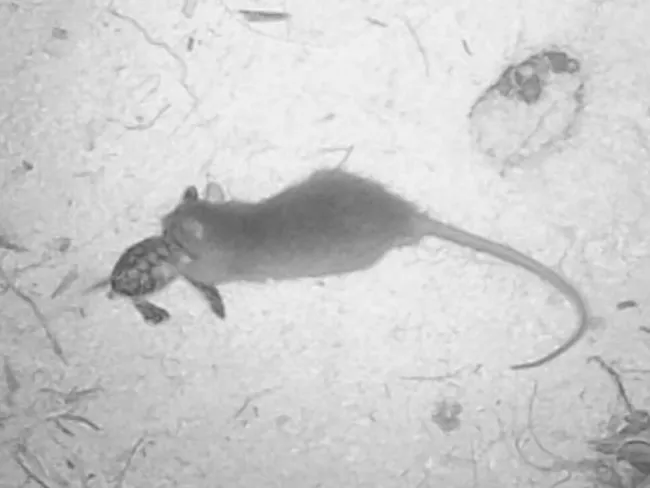 A rat in action on the atoll
A rat in action on the atoll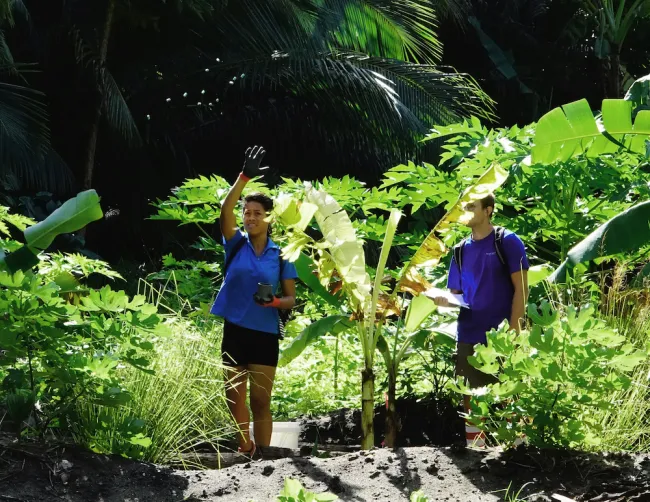 Team member throwing bait
Team member throwing bait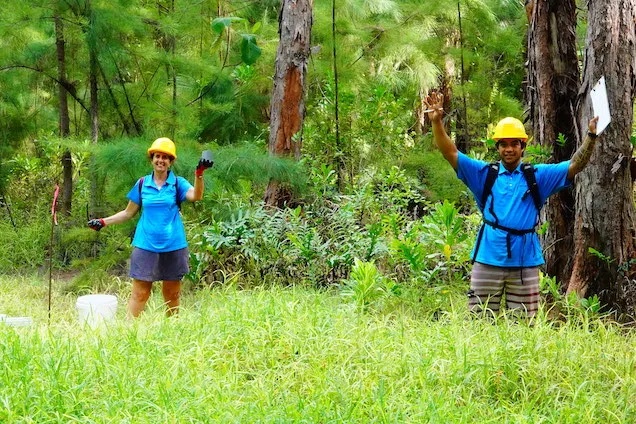 Goodbye to Onetahi's rats
Goodbye to Onetahi's rats

The Tetiaroa Society Conservation and Sustainable Use Plan (CASUP) envisages an atoll where the terrestrial and marine habitat has been restored to as close to its original native form as possible. It is imperative that we do our utmost to allow this and other islands to be as resilient as possible to the future effects of climate change. To that end, the Tetiaroa Atoll Restoration Project (TARP) focuses on the removal of invasive species and restoration of native species.
Rat Eradication and its Consequences
The TARP is beginning with the most significant invasive species on the atoll: the ship rat and the Polynesian rat. These rats severely reduced the native bird population of Tetiaroa, and also feed on green sea turtle hatchlings, plants, crabs and other invertebrate species. With both species of rat successfully removed, Tetiaroa would become a major sanctuary for not just birds but also other native fauna and flora. This would open the potential for transplanting very rare and threatened species from the small remaining populations elsewhere in French Polynesia to Tetiaroa.
Remarkably though, the effects of rat removal don’t stop at the shoreline. The enhancement of the seabird population brings much needed nutrients to the island and the effects from this will cascade down through plant, invertebrate, soil, and marine community ecology. Studies in the Chagos Archipelago have shown that natural seabird populations contribute to the health of the adjacent coral reef. On Tetiaroa the TARP has a chance to record this in real time and develop a model for the sustainable management of tropical islands and their coral reefs in these uncertain times.
Project Plan
Rat eradication is set for August and September of 2020. In order to understand the effects of the removal of a high level predator like rats, baseline data will be collected in all habitats on the island before this date. Surveys will be conducted of seabirds, plants, terrestrial invertebrates, fish, and algae. Transects will be set up to monitor coral and algae cover across the barrier reef system. Water chemistry and microbiome data will be collected from the ground water of the motu to the outer reef. There will also be experiments set up in order to better understand rat eradication in the tropics and that will give researchers insight into how eradication differs if there is more than one species present. This pre-eradication work will be extremely important in order to allow for detailed follow up work for years to come.
Invasive Invertebrates
In parallel to the main focus on rats, other invasive species would also be targeted for eradication. These include: (i) two species of mosquitoes (a significant nuisance for humans and potential disease vector for all terrestrial vertebrates on Tetiaroa), (ii) one species of biting flies (nonos), (iii) two species of invasive ants (which are major ecosystem engineers like rats).
A research and control program carried out by Institute Louis Malarde and sponsored by The Brando and Tetiaroa Society has successfully controlled one species of mosquito on Motu Onetahi, and is working on other species and control of biting flies on Motu Rimatuu.
Invasive Plants
The third major component of the TARP would be to follow recommendation from the Flora and Vegetation chapter of the CASUP and work on removing some percentage of the coconut palms that are in unnaturally dense stands due to the farming of coconuts from the 1930s to 1966. This would allow for other native trees and plants to repopulate the motu. Experiments on the removal of coconut palms need to be carried out and monitored to see how best to restore native motu forest.


